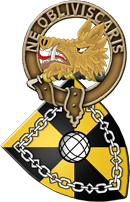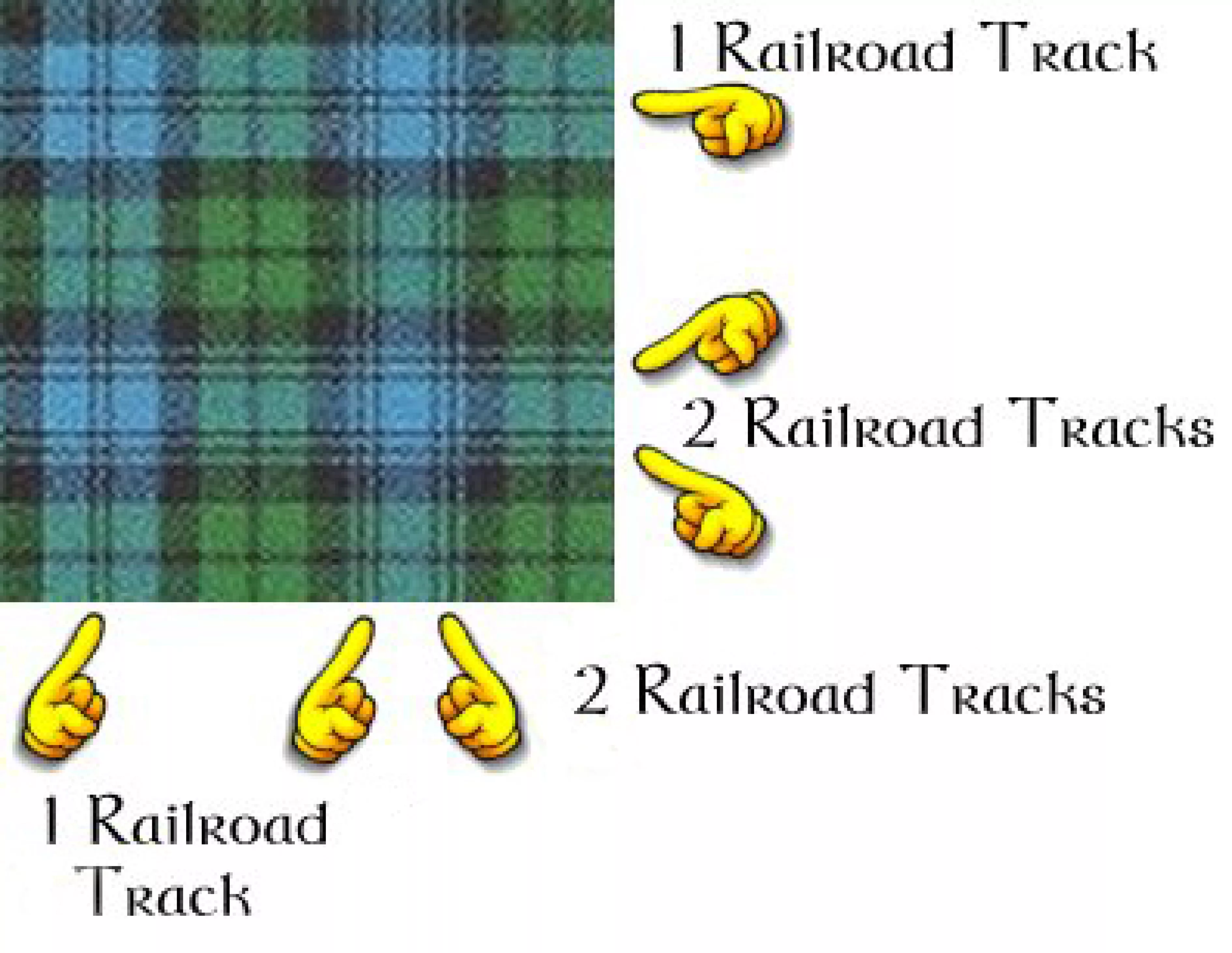Tartan is a plaid that means something. There are now over 12,000 tartans listed with The Scottish Reister of Tartans, but less than a 100 of those represent an ancient Scottish clan! The first tartan book of major importance was published in 1842. Even though Highlanders wore kilts of plaid wool, before the 1800s clansmen wore plant badges in their bonnets so people could tell their clans. Examples of tartan have been found in 2000 year old Roman ruins and as far back as 5000 year old mummifed celtic people.
Today there are tartans that represent clans, families, towns, regions, provinces, states and countries.
Campbell Tartan
Below is an example of Campbell tartan which can be worn by any descendant of Clan Campbell. It is sometimes called Ancient Campbell tartan by the stores and shops. People who know that their ancestors were part of the Campbells of Loudoun, Campbell of Breadalbane or Campbell of Cawdor can wear the tartans of those younger houses of Clan Campbell. But all of Clan Campbell heritage can wear the blue, black and green tartan. Just so you know, the Campbell tartan is list as "Tartan Number 1" in ALL three major tartan registers!
How to tell Campbell Tartan
Because there are many tartans that have blue, black and green in them, it can be hard to tell one from another. Here is how to tell that it is really Campbell tartan.
Notice that there are squares of blue, separated from squares of green. Look at the blue squares. In them you will notice black double lines that look a little like railroad tracks. In one blue square there will be one set of railroad tracks. Next to the blue square is a green square with a black line through it. Next comes anothe blue square. But that square has two sets of railroad tracks running through it. That is followed by another square of green with a single black line through it. The pattern begins again at this point.
Below is a picture that shows the railroad tracks.


